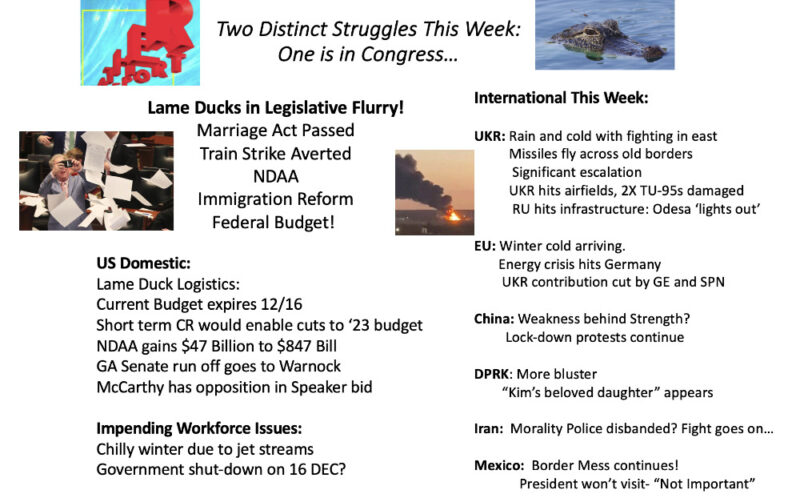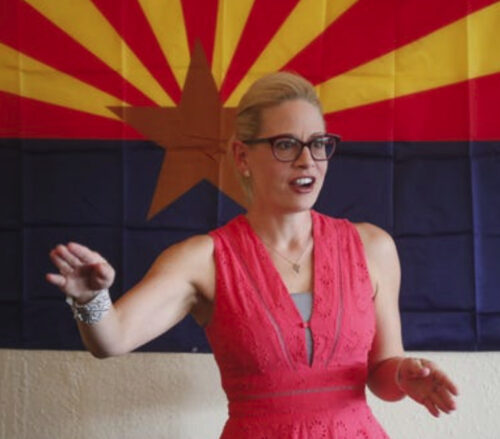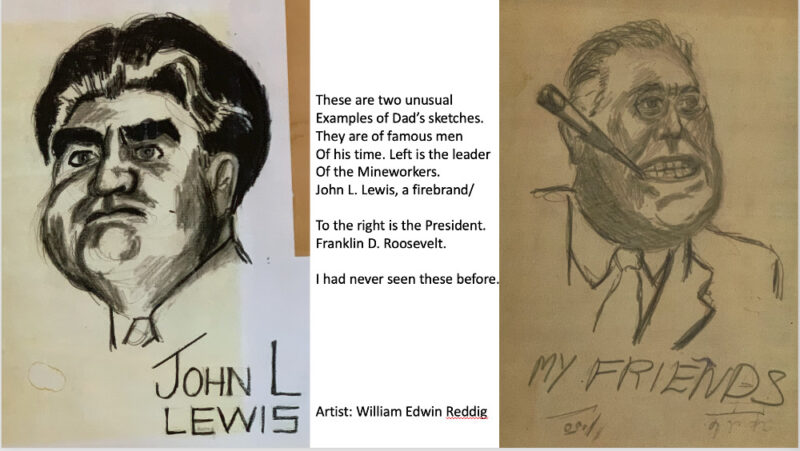
There is some unusual stuff in the Weather Report this morning. A Senator from Arizona- Kristen Sinema- announced she is leaving the Democrat Party. She is not joining the dread Republicans, though. She is describing herself now as an “Independent,” and will continue to caucus with whoever she pleases. That means that despite the run-off election in Georgia won by Senator Warnock, there will be no clear majority in the Senior Chamber with VP Harris holding the deciding vote on issues resulting in a 50-50 tie.

(Senator Sinema, photo AZCentral)
It leads some of us to wonder if it is time for our neighbor Joe Manchin in West By God Virginia to join her as an “Indie” and throw some additional excitement into the Congressional mix. That may be a third cup of Chock Full O’ Nuts issue.
The phrase “lame duck” has been flying about since the election results were counted in whatever way they are doing it these days. The term has been around since the 1920s, originating in Britain. Some on that side of the pond still use it specifically to describe that period when the ravages of the Great War started the unraveling of the Empire. Here on our side of The Pond, it has become words referring to the time between getting elected (or re-elected) and taking office.
Our elections were based on the old Colonial logistics of riding to office on horseback. That meant Presidential inaugurations were held in March, with the period between the previous November’s election and actual installation in office at more than 90 days. Congress recognized the problem and ratified the 20th Amendment to the Constitution in 1933 shortening the gap between events. At the time, it was known as the “Lame Duck Amendment.” Our briefer period of limping waterfowl has resulted in the excitement on The Hill.
So there is that change this morning as Congress erupts in feverish activity. That is because Speaker of the House Pelosi still holds the reigns of power in the House for two weeks and needs to get some stuff done before the GOP takes over. These sessions, the ones where the election results have been determined but new Members not yet sworn in, are known as Lame Duck periods.
So where are we in this version of the quacking lament? We think the rail strike that had the potential to shut down the US economy before Christmas has been forestalled. The Marriage bill passed as the first shot in the Lame Duck session. There is some controversy about it, but it received enough bi-partisan support to get by. There is a continuing furor about things like Elon Musk, his ownership of Twitter, and James Baker. Baker used to be the top lawyer at the FBI who parachuted into the Twitter organization to be the top legal beagle over there. This morning there is both barking and quacking from over there. The dispute has caused a late frantic addition of communications policy into the Defense Bill, outside the usual committee jurisdiction and without the usual discussion by those who know what the laws actually mean.
Senator Rand Paul was on the tube spouting his opinion that the result will be another 3,000 page budget that no member has actually read, delivered to them on same day on which it will be passed. It will probably come as a “Continuing Resolution” for most of the government and an $847 Billion National Defense Authorization. The immigration mess? There may be other surprises in the Lame Duck session.
None of this works in the way that was normal for the first couple centuries of American life. We are in one of those mildly strange places our Representative Republic strays into every eighty years or so. There has been some recent talk here about these two fellows who now have appeared from one of Bill Reddig’s old files:

The guy on the left- John Llewellyn Lewis- was an American Labor Leader of the Old School. He ran the United Mine Workers for forty years in the middle of the previous century. It is funny he shows up now, as mining of all sorts is out of public favor, except for those attempting to mine a supply of lithium for batteries to power the Green Revolution.
That rare material is mostly mined by young people in other countries. That factor is similar to that of John himself, who left 7th Grade (15 years old) to start mining. The pictures above are undated, but may be from the time the two were making a lot of news. Not in the early times when he built the UMWA to become the largest trade union in America in the 1920s. Dad would have known them both in Depression days, with the passing of the National Labor Relations Act.
Beginning in 1935, John L. presided over the often-violent struggle to unionize previously unorganized industries such as steel, automobile, tire, rubber, and electrical products. The fight inside Labor was whether to expand beyond skilled trades and into the larger pool of unskilled workers. A dramatic 1936 sit-down strike against the giant General Motors Corporation convinced many unskilled workers that the motto “one shop, one union” could work. It prompted other successful sit-down strikes in a labor movement that collided with the dramatic rise in war-related production in plants across America.
In 1942, Lewis led a series of miners’ strikes that scored wage and benefit gains for miners. FDR’s New Dealers supported him, although the strikes also alienated large segments of the public. The conflict spurred passage in Congress of the Smith-Conally Anti-Strike Act in 1943, the year Dad was attempting to fill his seabag for Navy service.
That is likely what spurred the political artwork. FDR was deceased when the next big labor legislation came along in 1947 with the passage of the Taft-Hartley Bill, so his pugnacious visage would have had reference to the War Years. The look on FDR’s outthrust chin suggests Dad may have had some feelings about our three-term wartime leader. It it is too late to ask now, and when I see him again, I might be able to just ask Mr. Roosevelt myself.
Copyright 2022 Vic Socotra
www.vicsocotra.com
